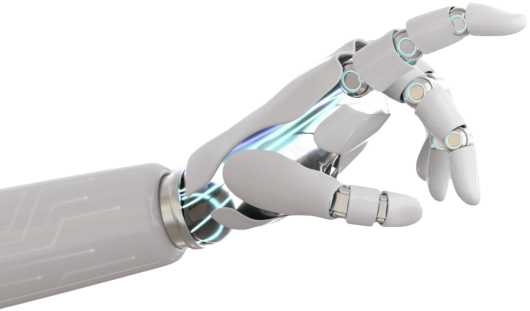
A vision system has been developed and used for recognizing two-dimensional occluded objects oonsidering their contour features. The main point in this research is to extract the local features of the curve(s) representing object contours. For digital ourve contour, the solution adopted was polygonal approximation using a linking-merging algorithm. For smoothed real courve, the curvature estimation based on Fourier transform method is made, to extract the main points by finding the local maximum of absolute value of curvature values of the curve. The matching of occluded curve and the model curves up to similarity transformation (rotation, translation and scale) depends on the total curvature function. It does not depend on reference or feature vertices. The basic step in the proposed system is the comparison of the total curvature value of neighborhoods, using a pre-defined library of models in which each model is individually stored. This method applies for extracting the main features of partially occluded objects as a basic step towards classifying them. Engineer tools like Wrench and Hammer, are used as objects to be recognized, adopting the previously mentioned methods. The tools were represented by their contours. Many experiments have been performed under variations of the images of these tools. These variations involve a similarity transfomation (translation, rotation, and scaling). The proposed system is applicable for fairly partially occluded objects. In case of heavily occluded objects, the system failed to recognize them. The recognition accuracy of the system depends on how much the object is occluded, and on the occluded area of the object.
Machine vision, Contour feature extraction, Fourier transform, Linking-merging. Object recognition.